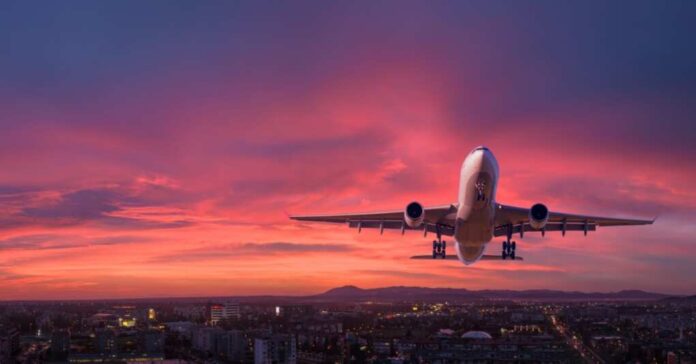
To fly or not to fly, that’s the question. And Transportation Secretary Sean Duffy is prepared to answer with confidence that air travel remains “the safest form of travel in the country.” This declaration comes on the heels of two catastrophic aviation incidents that have left many questioning the current state of our skies.
First, let’s revisit the tragic events. On January 29, 2025, an American Airlines regional jet collided midair with a U.S. Army Black Hawk helicopter near Ronald Reagan Washington National Airport. The devastating result? Sixty-seven lives lost and a nation in mourning. The wreckage plunged into the icy Potomac River, evoking haunting memories of past aviation tragedies in the same unforgiving waters.
As if that weren’t enough to shake public confidence, a mere two days later, a medical Learjet 55 crashed shortly after takeoff in northeast Philadelphia. All six individuals on board perished, including a young patient seeking life-saving treatment. The crash site spanned a disturbingly ‘expansive’ area, underscoring the severity of the incident.
In the aftermath of these tragedies, Secretary Duffy stepped forward to reassure the American public. ‘Of course, it’s safe to fly,’ he proclaimed, emphasizing that air travel remains the safest mode of transportation. While statistically, this may hold water, one can’t help but wonder if such blanket assurances are what the grieving families and anxious travelers need to hear right now.
Duffy didn’t stop there. He took the opportunity to critique previous administrations, suggesting that a focus on Diversity, Equity, and Inclusion (DEI) initiatives had diverted attention from core safety missions within the Department of Transportation. He vowed to bolster the ranks of air traffic controllers, acknowledging that approximately 90% of airport towers are currently understaffed—a concerning statistic by any measure.
It’s worth noting that the skies over Washington, D.C., are among the most tightly regulated in the nation. The recent collision has prompted the Department of Transportation to impose new restrictions on helicopter flights near the Potomac River, aiming to prevent such tragedies in the future.
Critics argue that pointing fingers at DEI policies in the wake of these incidents is a diversionary tactic, shifting blame away from systemic issues that have been festering for years. Former Transportation Secretary Pete Buttigieg fired back, labeling Duffy’s comments as ‘despicable’ and emphasizing that safety was always a top priority during his tenure.
In the end, while air travel may statistically remain the safest mode of transportation, these recent incidents serve as stark reminders that complacency can have deadly consequences. It’s imperative that our leaders focus on tangible solutions—like addressing staffing shortages and ensuring rigorous safety protocols—rather than engaging in political blame games.
So, the next time you’re cruising at 30,000 feet, perhaps spare a thought for the complexities and challenges of modern aviation. And let’s hope that those in charge are more focused on keeping us safe than on scoring political points.
